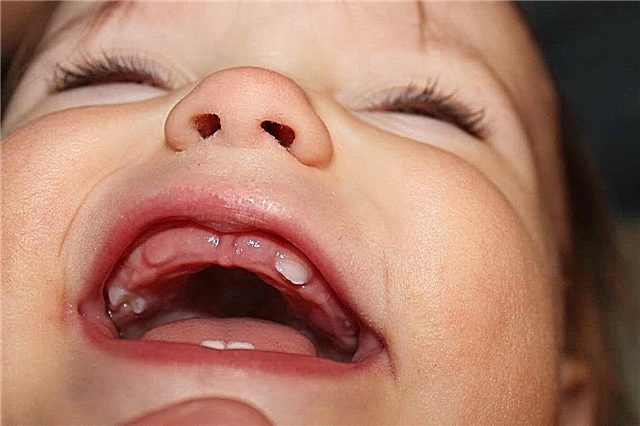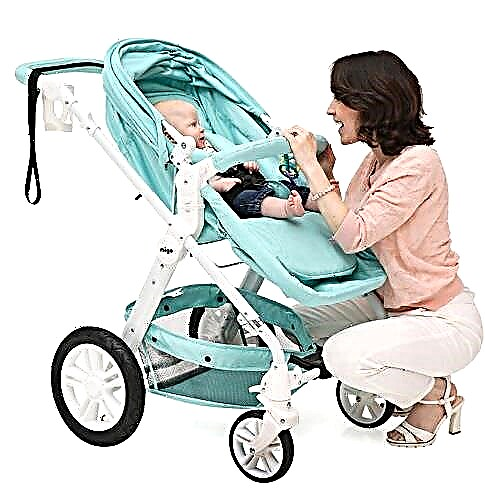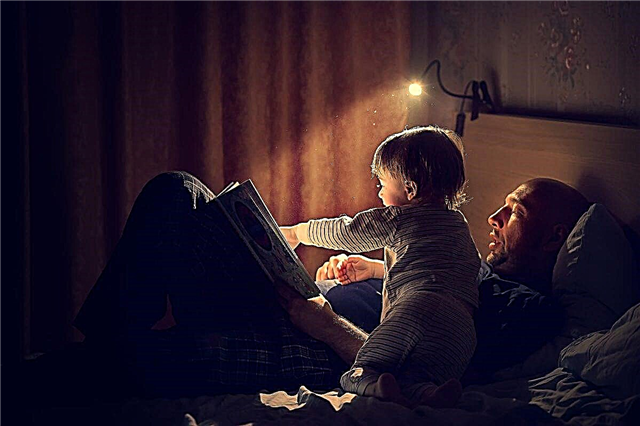
Highlighting hair during pregnancy raises many questions for expectant mothers. I want to look good at any time, including while waiting for the child, but the fear of possible negative consequences stops many.
Is it dangerous?
With the question of whether it is possible to highlight or completely dye their hair, expectant mothers most often turn to their friends, acquaintances, on the Internet, to hairdressers. But not to the doctors. But in vain. After all, most women believe that pregnancy is not a disease, and therefore it is both possible and necessary to paint. Most hairdressing professionals are of the same opinion. But doctors are not so rosy about staining and highlighting.
There is no consensus regarding hair coloring during pregnancy. The fact is that clinical trials of the effects of paint components on the fetus, for ethical reasons, have not been conducted.
But most doctors are inclined to believe that there can still be harm from staining in general and highlighting in particular.
The very fact that there is no proven negative impact is already a good reason for medical restrictions or prohibitions. Hair dyes contain a rich chemical composition, certain components of which can be dangerous both for the health of a woman in an "interesting position" and for the baby she is carrying.

During pregnancy, almost all women have an exacerbated sense of smell, and the smell of the coloring agent can cause bouts of nausea, exacerbation of toxicosis. But this is not the biggest danger. The main risk is associated with the fact that hazardous chemicals enter the bloodstream faster through the respiratory system, and many of the ingredients are toxins that can cross the placental barrier.
In a woman's body, numerous hormonal changes occur during pregnancy. They often directly affect the condition of the hair: for example, with a lack of calcium, the hair becomes brittle, and from the action of high doses of progesterone, some women have oily, greasy hair. All this only increases the likelihood of injury to the hair shaft during dyeing, and the dyeing itself can surprise the expectant mother a lot - the color sometimes does not turn out as expected, lays down unevenly, does not stick to the hair and is washed off.

Highlighting is a dyeing method in which the hair is not completely discolored, but only partially, and this, on the one hand, makes this dyeing method more preferable during the waiting period of the child than total permanent dyeing. On the other hand, the harm is not minimized as much as it seems, because a woman inhales poisonous substances anyway.
Highlights have one more drawback. With full hair coloring during pregnancy, women usually use ammonia-free dyes. They are usually not used for bleaching, and highlighting is nothing more than a partial bleaching option, which will require the use of products based on hydrogen peroxide, ammonia. Coloring can be done with paints with a certain dye.
Therefore, to the question of whether highlighting is harmful for pregnant women, the answer is obvious: there is a risk of negative effects, but the procedure can still be carried out in compliance with certain safety measures.

Potential harm
It is not difficult to guess what harm paints can cause during pregnancy, because the composition of paints is usually indicated on the packaging. Substances such as ammonia are considered the most dangerous for a woman and a fetus. This substance causes a systemic effect on internal organs, capable of penetrating the placental barrier. In the pregnant woman herself, the pungent smell of ammonia can cause not only allergic reactions, but also signs of burns in the respiratory tract. Inexpensive paints contain quite a lot of ammonia, although its amount generally meets the usual standards. Remember, the standards were not written for pregnant women. When ammonia enters the placental bloodstream, the likelihood of toxic damage to the kidneys and lungs of the fetus increases.
The second rather dangerous substance in highlights is hydrogen peroxide. This is a strong allergen, moreover, it has a pronounced teratogenic effect. This is followed by persulfates and resorcinol. The former increase the likelihood of damage to the immune system. Resorcinol, according to doctors, is the most dangerous clarifying agent. It causes hormonal disorders, increases the likelihood of developing cancer.
It is clear that not so many harmful substances will enter the woman's blood by inhalation by inhalation, but it is not important how much of a particular poison got into it, but how many names of poisons have leaked into the blood and through the placenta. Up to 80% of hair dyes contain a list of one and a half dozen harmful toxic substances.
How to reduce risks?
Whether to do highlighting or not, only the woman herself should decide. Experts can only provide a list of recommendations for her, if, nevertheless, she decides that she needs highlighting. A properly performed procedure will help to minimize the risks.
- You should not highlight your hair in the early stages, in the first trimester. During this period, the processes of embryogenesis take place - embryonic structures, organs, tissues, skeleton and muscle tissue are laid, but the placenta as such does not yet exist, the chorion does not provide a high degree of protection from harmful factors from the outside. If you want to make highlights, it is better to postpone this procedure until after 13-14 weeks of pregnancy. By this time, all organs will be formed, the placenta will begin to perform protective functions.
- Do not repeat the procedure too often. One staining is considered optimal for the entire period of bearing the baby after the second trimester. If it is necessary to repeat the staining, do not do this until three months have passed since the first staining.
- If you choose a color that matches the natural hair color of the expectant mother, the need to often tint hair will disappear.
- Treat at a salon or hairdresser. Be sure to inform the master about your "interesting position", it is possible that this salon has at its disposal means for organic dyeing, and perhaps there is something among them that can somewhat discolor individual strands on your head. Make sure that before staining the master does an allergy test for you, and also ask to ventilate the room and ensure that it is constantly ventilated throughout the staining process.
- Self-highlighting at home is a rather troublesome business, but if you decide to ask a friend or family members for help in this, then choose paint with great care. Study the composition, try to find products with a minimum or no ammonia content. Wear gloves and paint in a well ventilated area to inhale chemicals as little as possible. Do not forget about the allergy test, even if it was not there before, it is during pregnancy that the inadequate immune response of the female body to the dye components may appear for the first time. Additionally, use a cotton and gauze mask or respirator to help reduce the negative effects on the respiratory tract.


If in doubt, it is better to postpone the highlighting procedure for later, or you can temporarily start using such products that provide a "volatile" effect from staining - tint shampoo, tint gel or balm.
Highlighting with them is, of course, very difficult, but nothing is impossible if desired. The harm from such funds is minimal, but the effect is also short-lived - "volatile" dyes are quickly washed off.
Of the folk remedies for dyeing hair, which include onion peels, chamomile broth, oak bark, practically nothing is suitable for highlighting, since all folk remedies usually give either red or dark shades.
However, it is still possible to achieve a slight highlighting effect with the use of lemon juice - it has a slight brightening effect.


You can do coloring with natural henna, creating golden-red strands. They will greatly adorn a woman with a dark general hair tone.

For information on how to make light blonde strands during pregnancy, see the next video.



